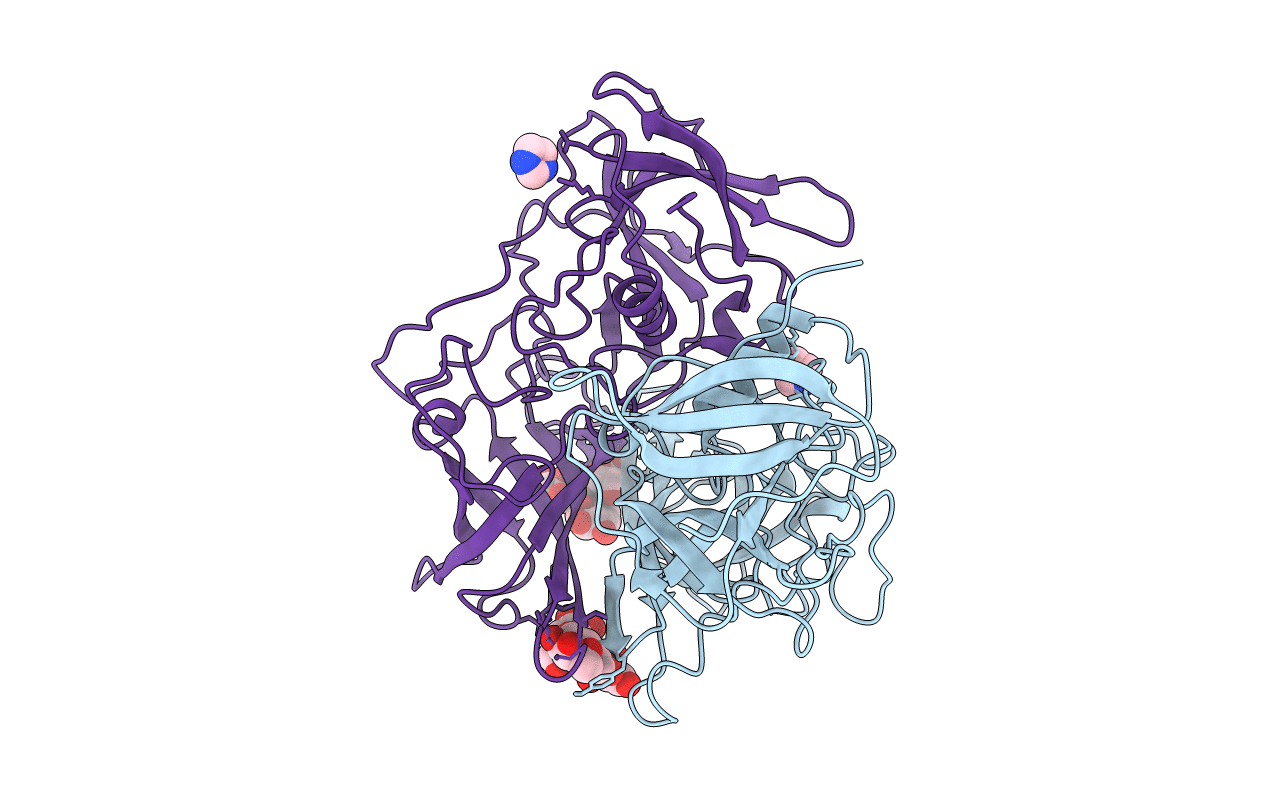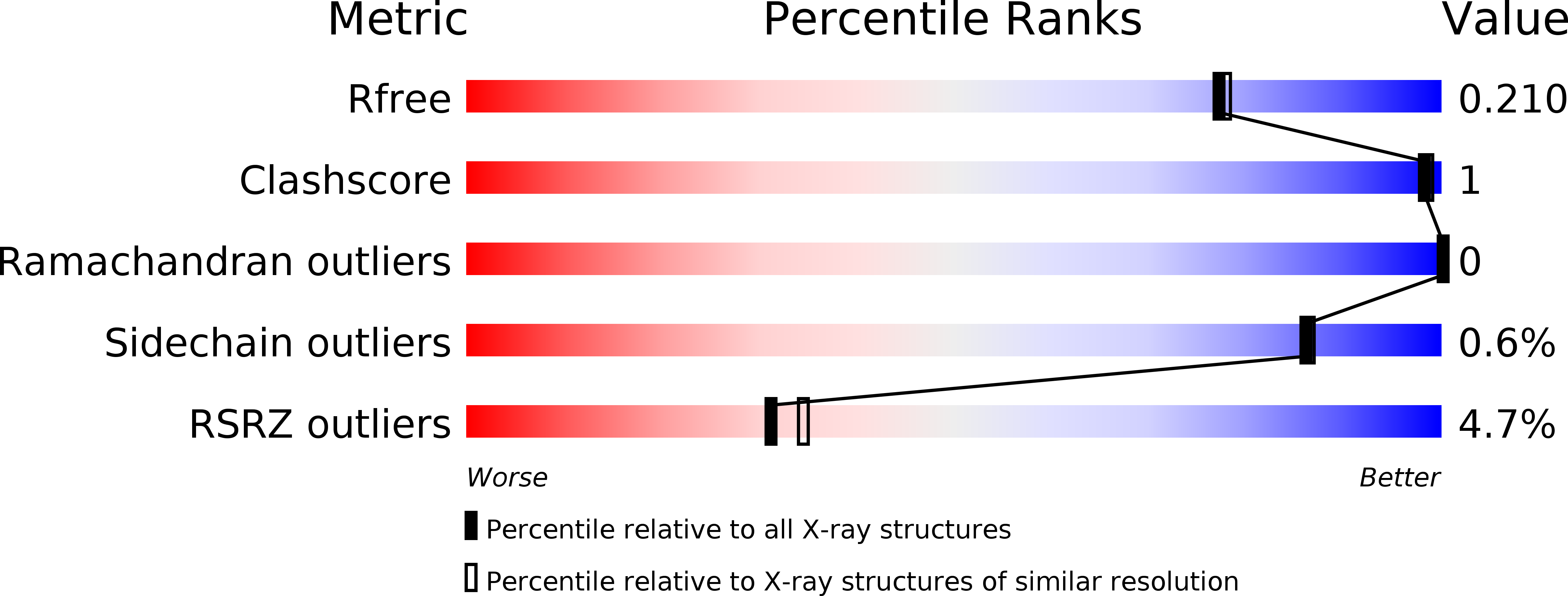
Deposition Date
2014-02-05
Release Date
2014-12-17
Last Version Date
2024-02-28
Entry Detail
PDB ID:
4OP7
Keywords:
Title:
Crystal structure of P domain from norovirus strain NSW0514 in complex with HBGA type B (triglycan)
Biological Source:
Source Organism:
Norovirus Hu/GII.4/Sydney/NSW0514/2012/AU (Taxon ID: 1241973)
Host Organism:
Method Details:
Experimental Method:
Resolution:
1.92 Å
R-Value Free:
0.20
R-Value Work:
0.18
R-Value Observed:
0.18
Space Group:
P 41 21 2


